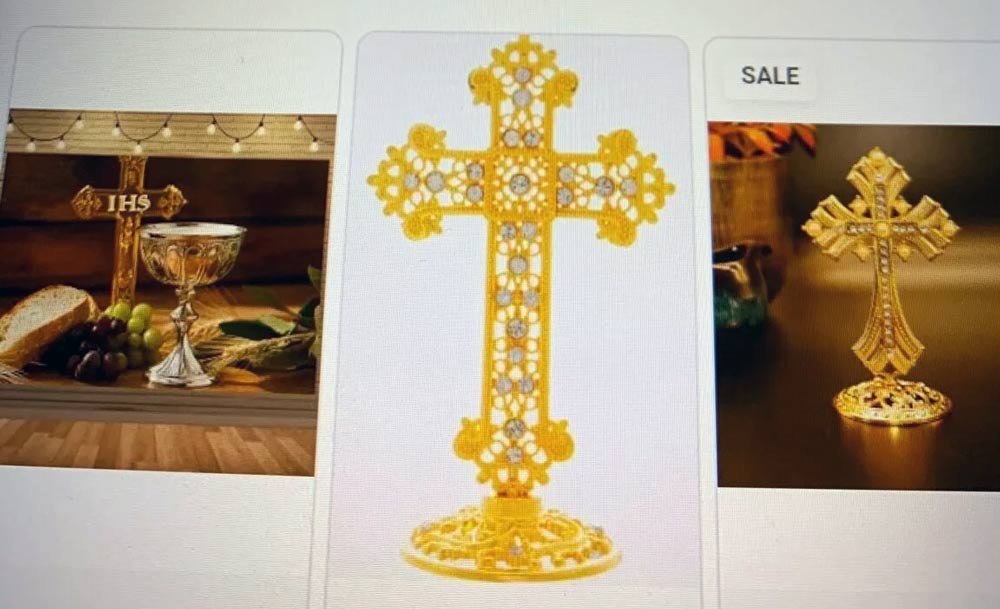ALTAR CRUCIFIX
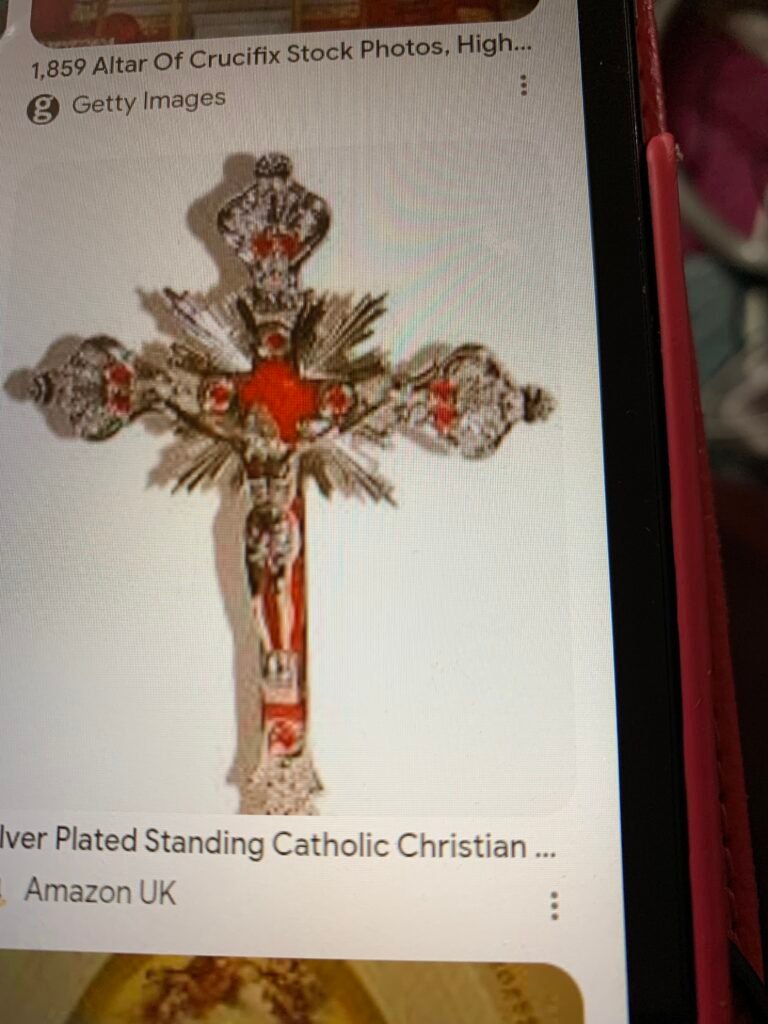
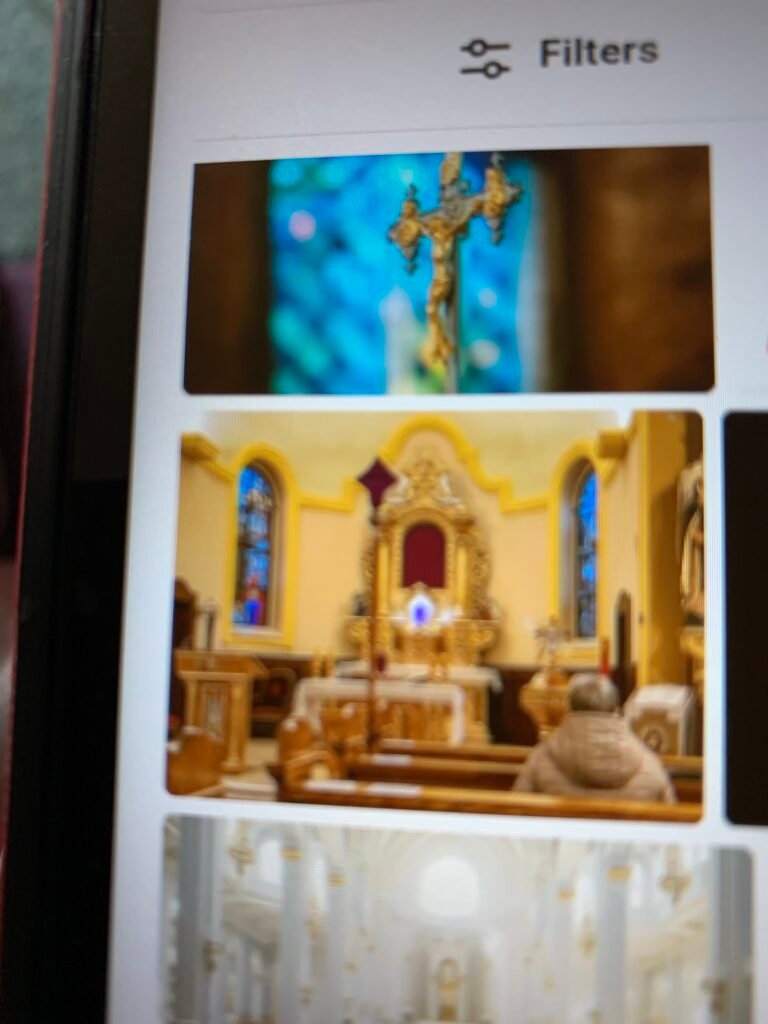
In ancient times, the processional Cross was the basic Christian symbol used at the altar. After leading the community into their gathering place, it was prominently positioned for the rest of the ritual action. It was later in history that the cross became a crucifix or the Body of Christ clearly visible and was placed on the altar so that as the Priest was saying Mass he could glance at it during the Eucharistic Prayer.
The current practice is to have a crucifix on or close to the altar. (General Instruction of the Roman Missal #117).
CANDLES
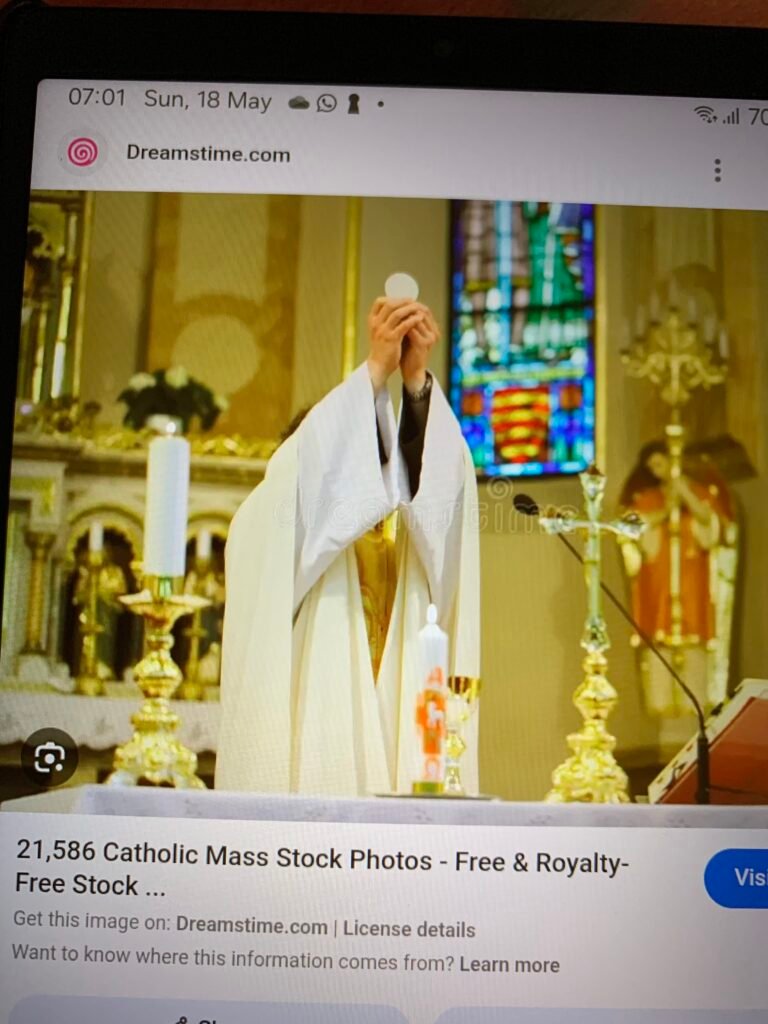
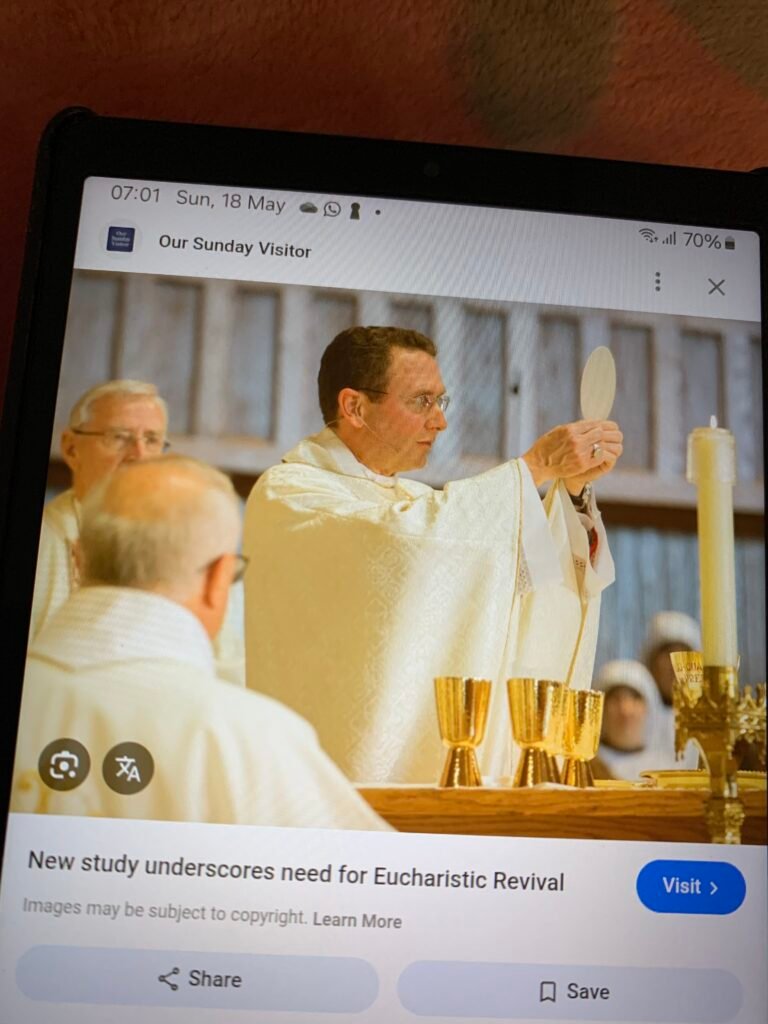
Candles are to be used at every liturgical celebration as a sign of reverence and festiveness.
Symbolically candles represent Christ as the light of the world which is most prominent at the Easter Vigil.
On or next to the altar are to be placed candlesticks with lighted candles: at least two in any celebration, or even four or six, especially for a Sunday Mass or a holy day of obligation. If a diocesan Bishop celebrates, seven candles should be used.
CORPORAL
The term corporal is a Latin word that means ‘body’. It is an additional smaller cloth that is placed at the centre front of the altar for the paten and chalice to be placed on. The chalice and paten will hold the Body and Blood of Christ once the words of consecration are prayed at the Eucharist.
PURIFICATOR
This cloth functions like a liturgical serviette. It is used to wipe the lip of the chalice after each person drinks from the chalice. There is always one purificator for each chalice used at a Eucharistic celebration. It is used again for the drying of the vessels when they are purified or cleaned at the end of Mass.
CHALICE

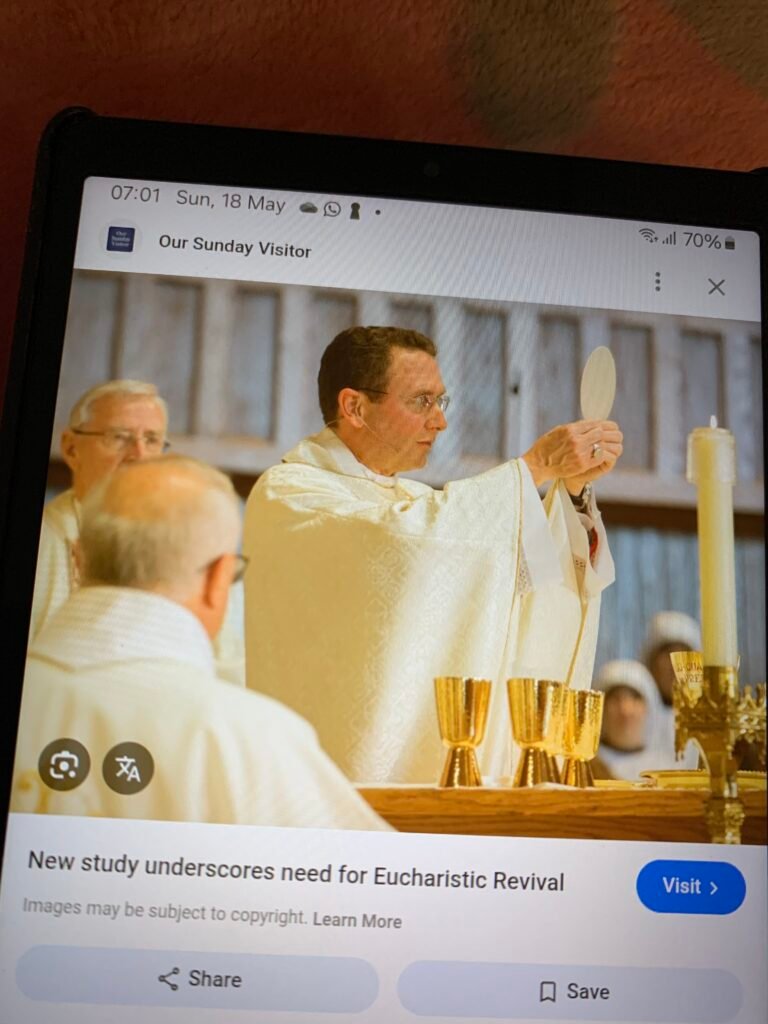
The word chalice comes from the Latin word ‘calix’, meaning cup. The chalice is also called a sacred vessel and is held in special honour [GIRM#327] by the worshiping community as it is the cup that holds the Blood of Christ when the wine is consecrated at Mass.
All chalices used at a Eucharistic Celebration are to be made of precious metals as a sign of the importance of these sacred vessels.
